In Hinduism, the divine trinity consists of three principal deities: Brahma, Vishnu, and Shiva. Brahma is the creator, Vishnu the preserver, and Shiva the destroyer. This powerful triad works together to maintain the cosmic balance of the universe. Among these three, Lord Vishnu is revered as the preserver and protector, responsible for sustaining life and ensuring order. But who exactly is Lord Vishnu, and why does his role hold such significance?
Whether you’re a devoted follower of Hinduism, intrigued by the stories of Lord Vishnu, or someone with a special reverence for Shiva, understanding the profound connection between these deities can deepen your spiritual journey. Let’s explore the significance of Lord Vishnu in the Hindu pantheon.
Role of Lord Vishnu: The Preserver of Cosmic Order
Lord Vishnu, often depicted in serene and meditative postures, holds a unique role in Hindu mythology. His responsibility is to preserve dharma (moral law) and ensure the well-being of the cosmos. In Hindu belief, whenever the world is endangered by adharma (chaos or evil), Vishnu descends to Earth in various incarnations, known as avatars. These avatars intervene to restore order and balance.
The most famous of these avatars include Rama and Krishna, central figures in the Hindu epics Ramayana and Mahabharata, respectively. Through these avatars, Vishnu manifests his divine power, guiding humanity and protecting the righteous.
Symbolism of Vishnu’s Iconography
Vishnu is often depicted with four arms, each holding symbolic items that represent his divine qualities:
- The Conch (Shankha): Symbolizing the sound of creation and the sacred syllable “Om.”
- The Discus (Chakra): Representing the mind, time, and the destruction of evil.
- The Mace (Gada): A symbol of strength, discipline, and divine power.
- The Lotus (Padma): Denoting purity, truth, and spiritual awakening.
The deity is often shown reclining on the cosmic serpent Sheshnag, floating on the waters of the causal ocean, which symbolizes the eternal cosmic cycle. This serene image reflects his role as the sustainer of life and the eternal force behind the universe.
Connection Between Lord Vishnu and Lord Shiva
Though Vishnu and Shiva are distinct deities with unique roles, their relationship is harmonious, representing two aspects of the divine cycle. Shiva is often seen as the destroyer, but this destruction is essential for new creation. Vishnu, on the other hand, preserves what is created. Together, they maintain the balance of the universe, representing the cycle of creation, preservation, and destruction that governs existence.
In some traditions, Vishnu is closely linked with Parvati, Shiva’s consort, showing the interconnectedness of the divine energies that sustain the universe. This interplay between Vishnu, Shiva, and Parvati highlights the idea that the divine forces are not in opposition but in a harmonious cycle.
Lord Vishnu’s Incarnations: Preserving Dharma
Lord Vishnu has manifested in different forms throughout time, each one with a specific purpose. These ten incarnations, known as the Dashavatara, include both human and non-human forms. Let’s briefly explore these incarnations:
- Matsya (Fish) – Saved the sacred scriptures during a great flood.
- Kurma (Turtle) – Supported the churning of the ocean to obtain the nectar of immortality.
- Varaha (Boar) – Rescued Earth from the demon Hiranyaksha.
- Narasimha (Man-Lion) – Destroyed the tyrant Hiranyakashipu to save his devotee, Prahlada.
- Vamana (Dwarf) – Restored cosmic balance by humbling the demon king, Bali.
- Parashurama (Warrior) – Defeated corrupt rulers to restore righteousness.
- Rama (Prince) – The hero of the Ramayana, representing virtue, loyalty, and honor.
- Krishna (Divine Cowherd) – The guide in the Mahabharata and proponent of the Bhagavad Gita, symbolizing divine love and wisdom.
- Buddha (The Enlightened One) – Some Hindu traditions recognize Buddha as an avatar of Vishnu, representing compassion and peace.
- Kalki (Future Warrior) – Yet to appear, Kalki will arrive at the end of the current age (Kali Yuga) to restore balance and destroy evil.
Through these avatars, Vishnu ensures that when darkness and disorder rise, the forces of good will always triumph.
Vishnu, Shaligrams, and Sacred Symbols
In Hindu rituals, the Shaligram stone is highly revered as a direct representation of Vishnu. Found in the sacred river Gandaki in Nepal, these stones are worshipped as a form of the deity himself. They symbolize the presence of Vishnu and are often used in household altars and temple rituals. The Shaligram stone is unique in its form, believed to hold immense spiritual power and connection to the divine.
For devotees, keeping a Shaligram in their home signifies Lord Vishnu’s blessing, protection, and the preservation of dharma in their lives. Whether meditating on Vishnu’s form or offering prayers to a Shaligram, devotees experience his grace and power in their spiritual practice.
Parvati and Brahma: Supporting Forces in the Cosmos
Lord Vishnu’s role cannot be understood in isolation from other divine beings. While Shiva’s energy is complemented by Parvati, the goddess of fertility, love, and devotion, Brahma (the creator) also plays a crucial part in the cosmic cycle. Each deity represents an aspect of existence—Brahma gives life, Vishnu sustains it, and Shiva transforms it. The relationship between these three deities showcases a divine balance and unity that pervades all of existence.
Relevance of Lord Vishnu Today
In the modern world, the teachings of Lord Vishnu continue to inspire millions. His incarnations, particularly as Rama and Krishna, embody the virtues of righteousness, compassion, and wisdom. The Bhagavad Gita, Krishna’s discourse with Arjuna, is considered one of the most important spiritual texts, offering timeless guidance on duty, devotion, and the nature of reality.
Vishnu’s promise to appear whenever dharma is threatened reassures devotees that divine intervention is always near, protecting the world from chaos and injustice. His teachings remind us that preserving balance in our lives—between work, spirituality, and relationships—is essential for a harmonious existence.
Spiritual Accessories to Connect with Lord Vishnu
To deepen your connection with Lord Vishnu, consider incorporating sacred items into your spiritual practice. At spiritualguru.lk, you can find a range of spiritual accessories, including Shaligrams, Rudrakshas, and other sacred symbols that resonate with the divine energies of Vishnu, Shiva, and Parvati. These powerful tools can enhance your meditation, prayers, and overall spiritual growth.
Conclusion: Vishnu’s Eternal Presence
Lord Vishnu is more than just a deity of preservation; he represents the eternal force that sustains life, guides righteousness, and ensures cosmic harmony. His various avatars, including Rama and Krishna, offer us timeless teachings that remain relevant in today’s world. Whether you are drawn to his serene and peaceful nature, or find wisdom in the stories of his incarnations, Vishnu’s presence in Hinduism is a source of strength, guidance, and divine love.
If you’re interested in enhancing your spiritual journey, consider exploring the sacred accessories available at spiritualguru.lk, where you can find authentic items that help channel Vishnu’s divine energy into your life.

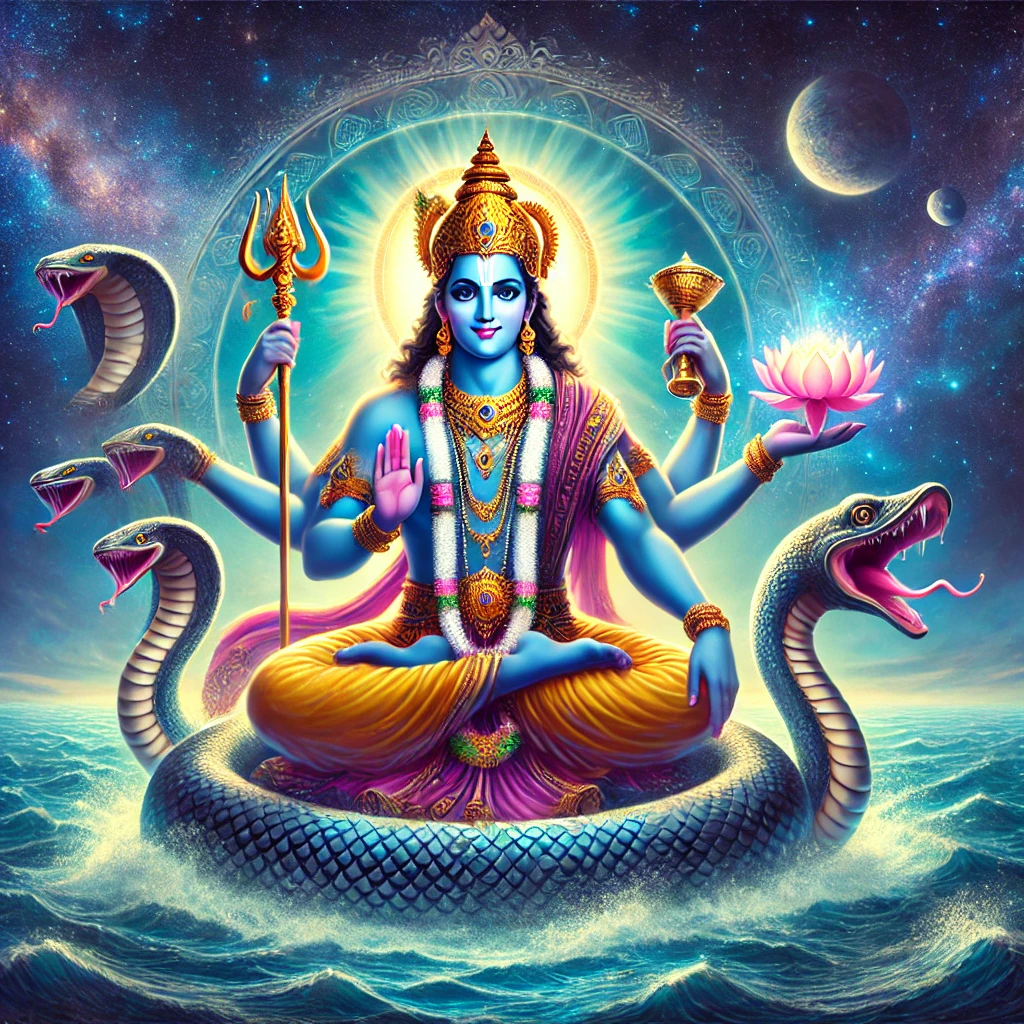
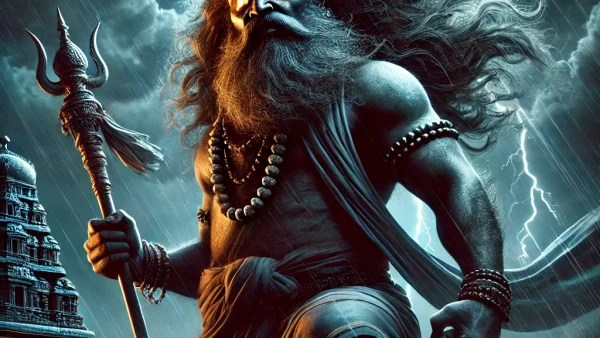
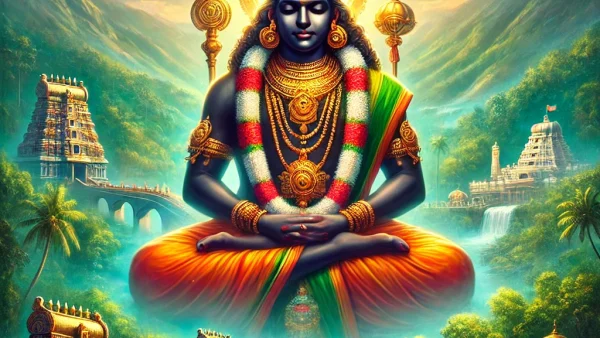
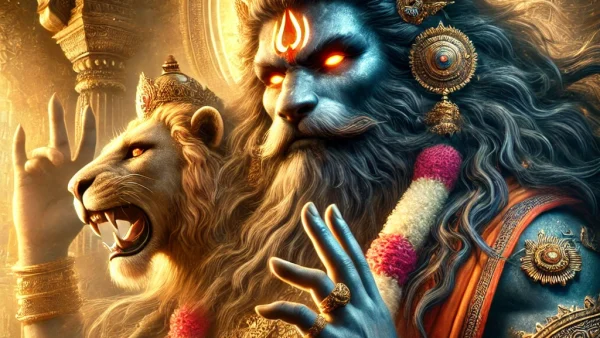
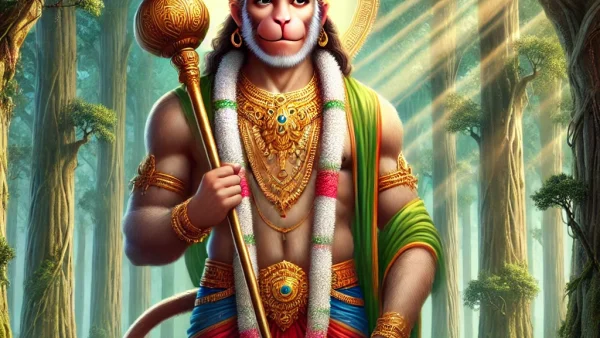
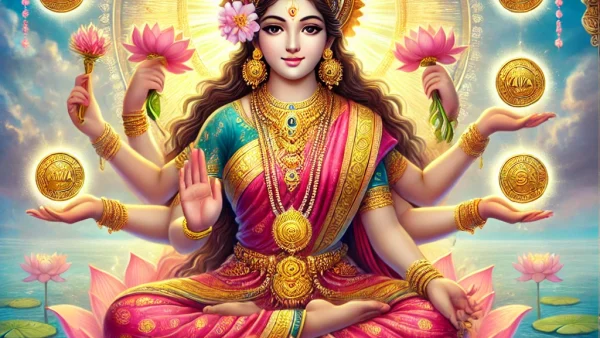
Pingback: Who is Brahma? Exploring the Creator in Hinduism - Spiritual Guru
Pingback: Are Shaligram Fossils? - Spiritual Guru
Pingback: Shaligram and Shivling - Spiritual Guru
Pingback: Who is Lord Mahakaal? Eternal Guardian of Time - Dharma Pulse
Pingback: Who is Lord Rama? - Dharma Pulse
Pingback: Benefits of 17 Mukhi Rudraksha - Spiritual Guru
Pingback: Benefits of 19 Mukhi Rudraksha - Spiritual Guru
Pingback: Benefits of 20 Mukhi Rudraksha - Spiritual Guru
Pingback: Who is Bhumi Devi? Mother of Earth - Spiritual Guru
Pingback: What is Tulasi Vivah - Spiritual Guru
Pingback: Hidden Deities of Hinduism: Exploring the Unseen Pantheon - Dharma Pulse
Pingback: Importance of Ghee in Hinduism - Spiritual Guru
Pingback: Who is Narasimha? Exploring the Fierce Protector - Spiritual Guru
Pingback: Who Is Ayyappa Swamy? - Spiritual Guru
Pingback: What Is Kali Yugam?
Pingback: Benefits of Tulsi Mala - Spiritual Guru